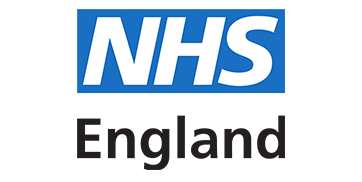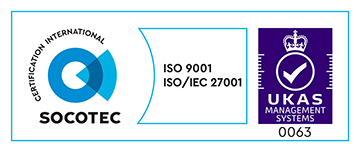Challenge: The real risks of paper-based systems
For years, primary care in England has relied on Lloyd George records. 70 million paper-based medical files scattered across GP practices, warehouses and other locations. This outdated system creates significant challenges. Transferring healthcare records between GPs can often take as long as 8 weeks, delaying crucial care. Lost or inaccessible patient records sometimes lead to devastating consequences, including harmful outcomes for patients.

In some cases, patients may miss out on life-saving treatment. Others could be unable to proceed with fertility treatments or not be able to access disability benefits if their GP can’t check their medical history.
The delays and administrative strain of paper records
The paper-based system also places a heavy administrative burden on GP staff, who spend hours searching, printing, and copying records – often repeating the same tasks for different systems. Interoperability between the home nation IT systems also causes more paper to be produced. When transferring patient records between England, Scotland, Wales, and Northern Ireland the process is even slower than within England. The only option is to print records and physically send them, which can delay care and have a potentially serious impact on the health of the patient.
A digital patient records repository
NHS England’s Primary Care Support Services were already considering a digital solution for record storage – but they needed help making it happen. Made Tech, working as part of a blended team, helped turn their vision into reality. The goal was to scan the Lloyd George records and provide a secure, accessible digital repository. Some integrated care boards and GP practices had already scanned their records to free up physical space. However, they faced issues with secure storage and high costs.
The client’s initial plan ‘digitise on transfer’ got pushback from clinical systems suppliers over performance and cost. This created an opportunity for the team to propose a more strategic, scalable solution that would support wider use cases and drive progress toward a fully paperless future.
We then worked with NHS England to develop the National Document Repository – a secure, centralised system that digitises paper records so they can be accessed instantly. The system:
- replaces manual searches and physical transfers with quick, secure digital access.
- prevents critical delays in patient care.
- reduces admin burdens for GP practices.
This solution is immediately helping healthcare teams deliver better care while saving time and money.
Our approach: putting users first
- We put users first by speaking directly with GPs, admin staff, and NHS leads to understand delays and frustrations. Through interviews and workshops, we tested solutions to make sure they worked in real practice.
- Using an agile approach, we released updates every two weeks, tested continuously in NHS environments, and adapted based on feedback.
- Collaboration was key. We worked with clinical safety teams to ensure patient care, cybersecurity specialists to protect data, and NHS leaders to make sure the system worked nationwide.
- We also tackled complex NHS rules, securing approvals for safe data storage and working around old system limitations to ensure a smooth rollout. This included extensive governance activities required to make the product live in the NHS, including obtaining a national data deed and ensuring clinical safety and data security.
Results: faster patient record transfers
Faster record transfers
Previously, transferring patient records could take up to 8 weeks, causing delays in treatment. Now, access is instant. This allows GPs to make faster decisions, such as prescribing medication without unnecessary hold-ups. Patients also receive care more quickly. For example, a clinician needed to check a patient’s immunisation history. The information wasn’t in the electronic health record, but they could instantly access the Lloyd George record in the National Document Repository. Previously, they would have had to submit a request to third party supplier NEC, wait two days for the record, and then recall the patient for another appointment.
Better patient safety and faster care
So far, we’ve seen a huge jump in how often healthcare professionals access records – what used to be just a handful of times a week is now in the hundreds. Once rolled out nationally, this will increase to thousands, showing its full potential. With faster access to information, GPs can make quicker, more informed decisions, reducing risks and improving patient care.
Less admin work
Administrative staff and GPs now spend far less time searching for records. With digitised files available instantly, they no longer need to print, transport, or manually retrieve paper documents. This gives them more time to focus on patient care rather than paperwork.
What’s next?
Driving adoption and user engagement
The success of the National Document Repository (NDR) depends on its adoption by GP practices and healthcare providers. Ongoing user research and feedback sessions will continue to shape improvements, making the system even more intuitive and effective. The team will work closely with practices to provide guidance on integrating the repository into daily workflows.
Exploring more use cases
While Lloyd George records are the immediate priority, the repository has the potential to support a variety of other paper-based medical documents. Whether it’s maternity records, imaging reports, or specialist referrals, expanding its use could significantly enhance efficiency across multiple areas of healthcare.
The journey towards a fully paperless NHS is well underway. By continuously refining and expanding the capabilities of the National Document Repository, we’ll be helping healthcare providers focus on what matters most – delivering better patient care.
For more information on the health and life sciences services we offer visit our web pages.
Digital transformation is more than tools and buzzwords. Rethink how you deliver digital services to make them more accessible, efficient and better for users.
As patient numbers rise, digital technology can help you lighten the load.





